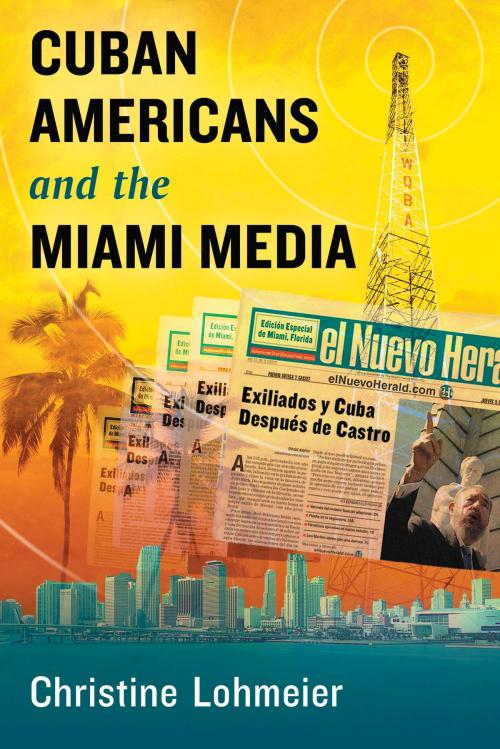Cuban Americans and the Miami Media
Nonfiction, Reference & Language, Language Arts, Journalism, Social & Cultural Studies, Social Science, Cultural Studies, Ethnic Studies| Author: | Christine Lohmeier | ISBN: | 9781476613390 |
| Publisher: | McFarland & Company, Inc., Publishers | Publication: | February 1, 2014 |
| Imprint: | Language: | English |
| Author: | Christine Lohmeier |
| ISBN: | 9781476613390 |
| Publisher: | McFarland & Company, Inc., Publishers |
| Publication: | February 1, 2014 |
| Imprint: | |
| Language: | English |
This book makes a contribution to the debates on diasporic identities and transnational communication. It provides an analysis of the Cuban American community and its relationship to Miami-based English- and Spanish-language media. Based on extensive ethnographic data, the author demonstrates how different media have been used, produced and influenced by segments of the Cuban American community in Miami. After establishing the significance of Miami as a locale to receive a high number of migrants after the Cuban revolution in 1959, what follows is an exploration of the interplay of collective Cuban American identity and the evolution of an exile community on the one hand and media institutions and their output on the other. In doing so, Miami-based press, radio, network television and online media are examined. The author moreover shows how mediated memories of pre-revolutionary Cuba have been kept alive in Miami and over time became more inclusive through the use of new media technologies.
This book makes a contribution to the debates on diasporic identities and transnational communication. It provides an analysis of the Cuban American community and its relationship to Miami-based English- and Spanish-language media. Based on extensive ethnographic data, the author demonstrates how different media have been used, produced and influenced by segments of the Cuban American community in Miami. After establishing the significance of Miami as a locale to receive a high number of migrants after the Cuban revolution in 1959, what follows is an exploration of the interplay of collective Cuban American identity and the evolution of an exile community on the one hand and media institutions and their output on the other. In doing so, Miami-based press, radio, network television and online media are examined. The author moreover shows how mediated memories of pre-revolutionary Cuba have been kept alive in Miami and over time became more inclusive through the use of new media technologies.















